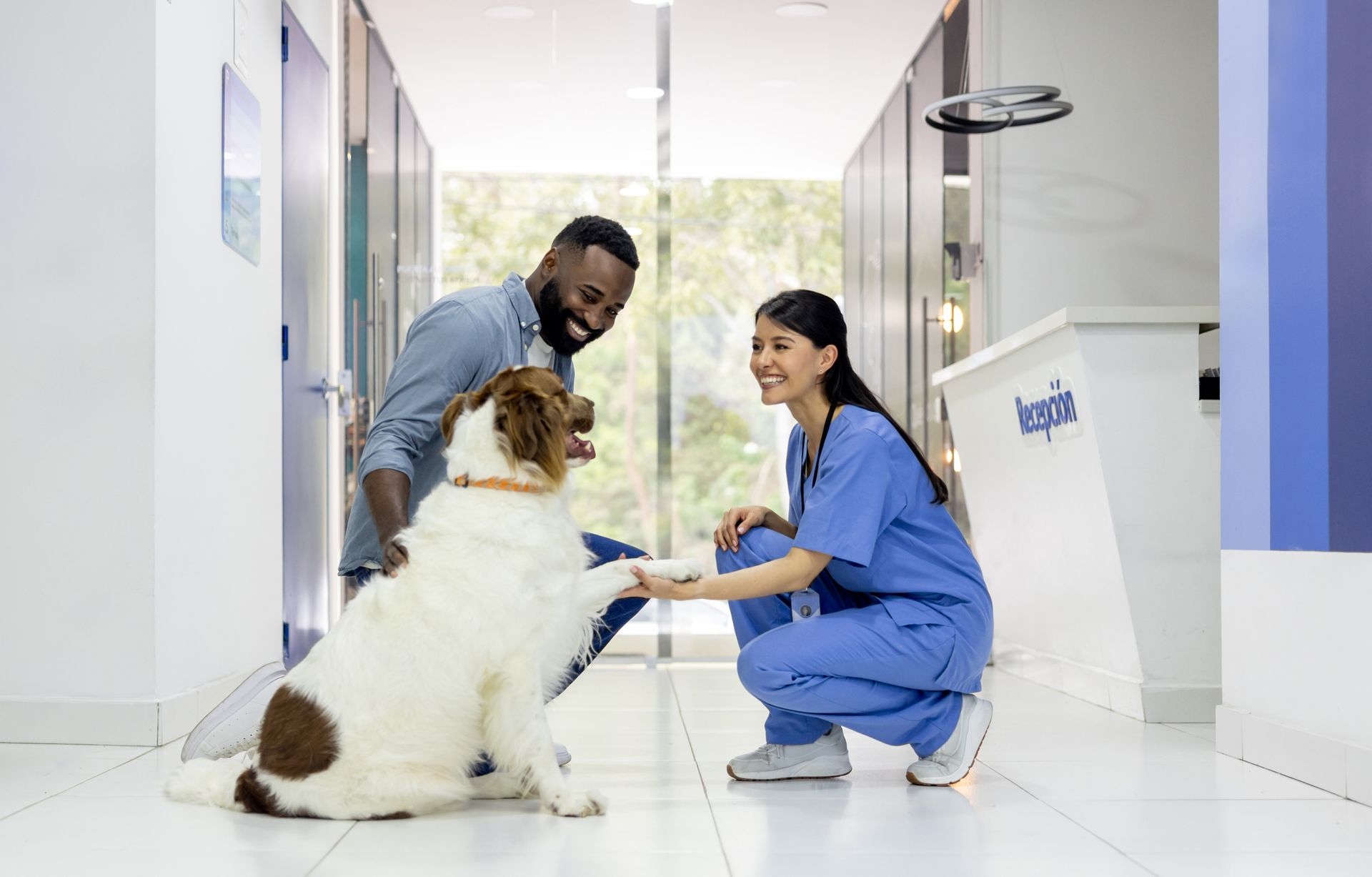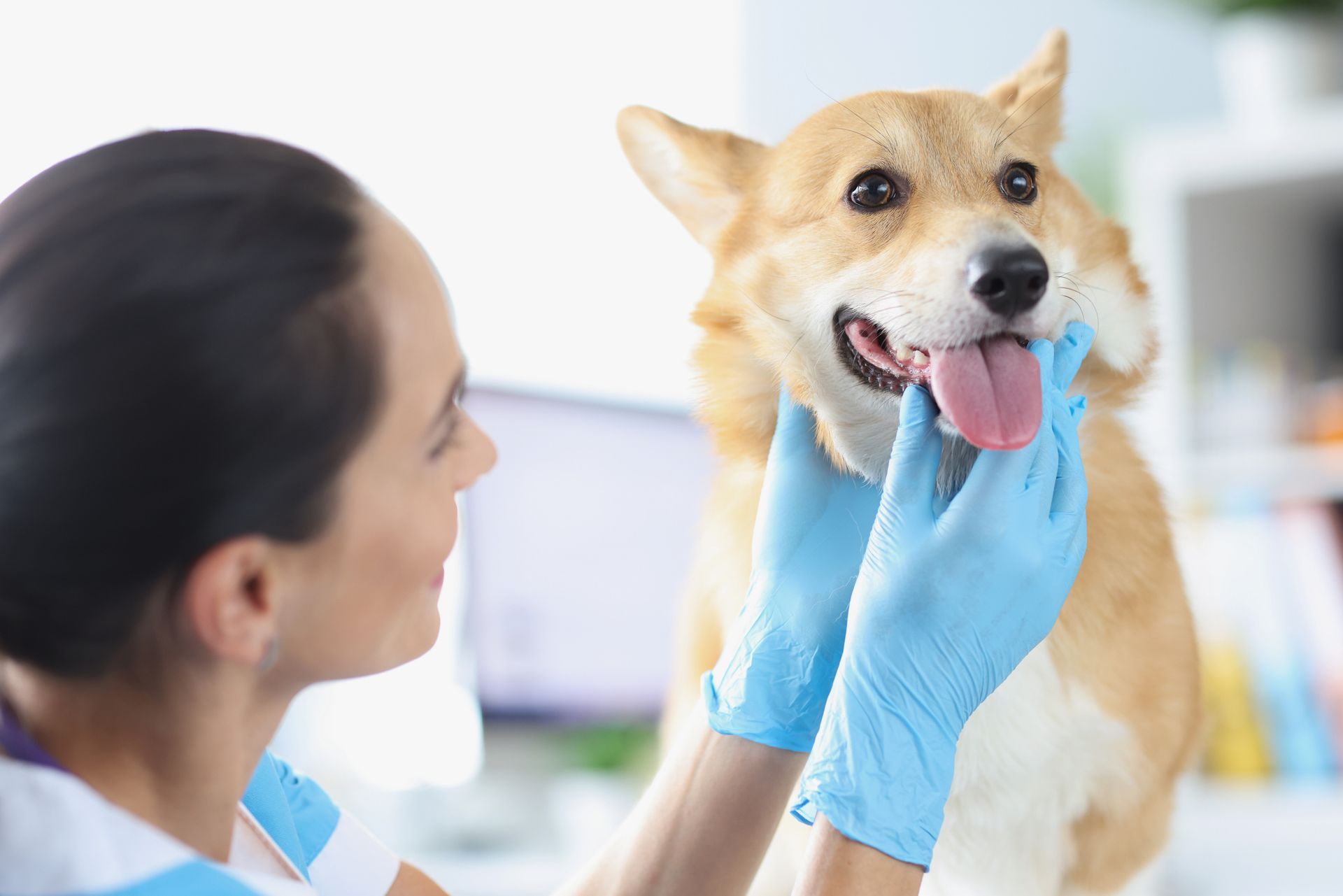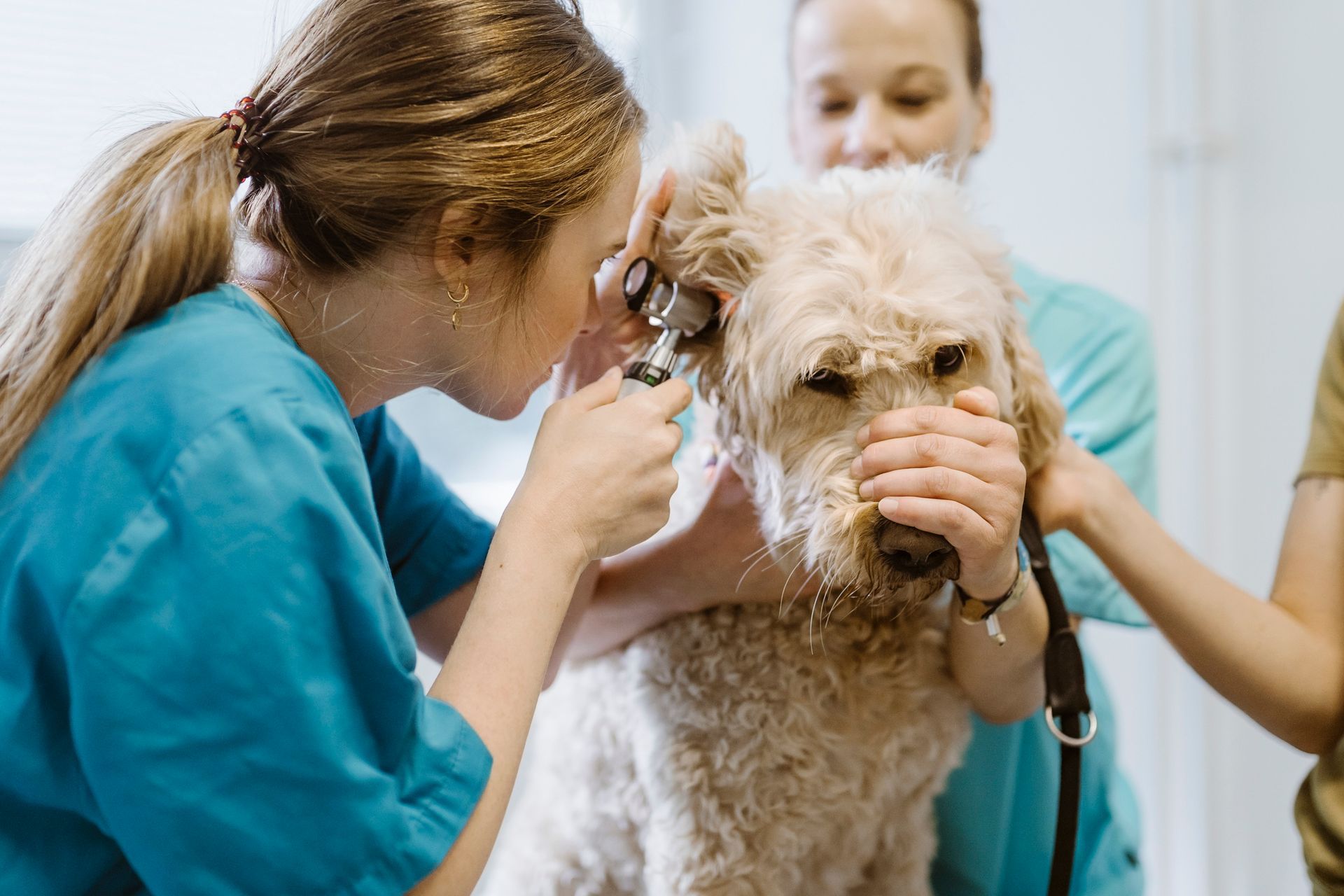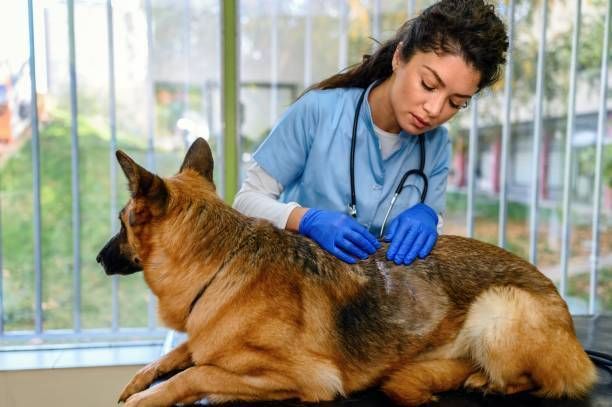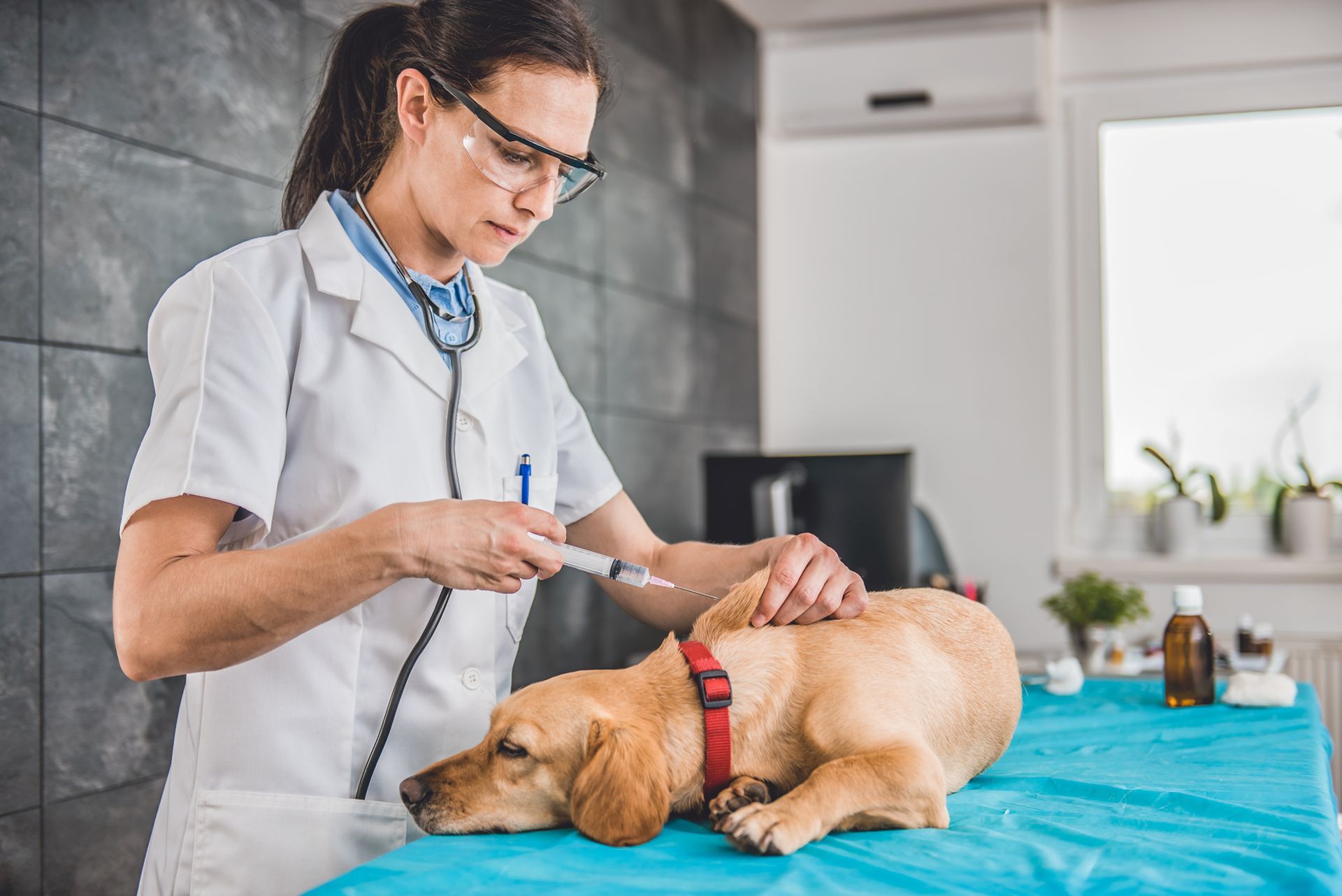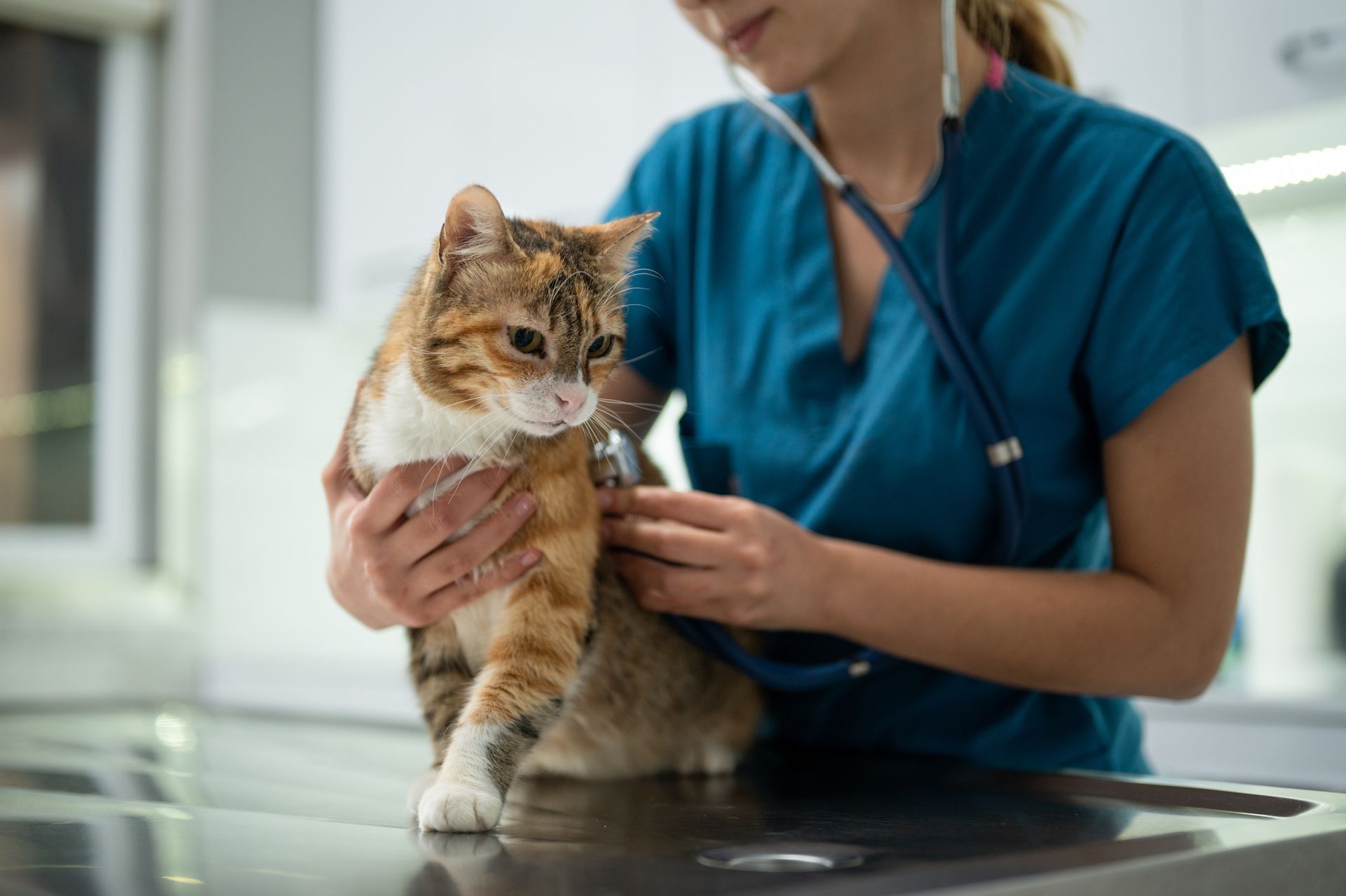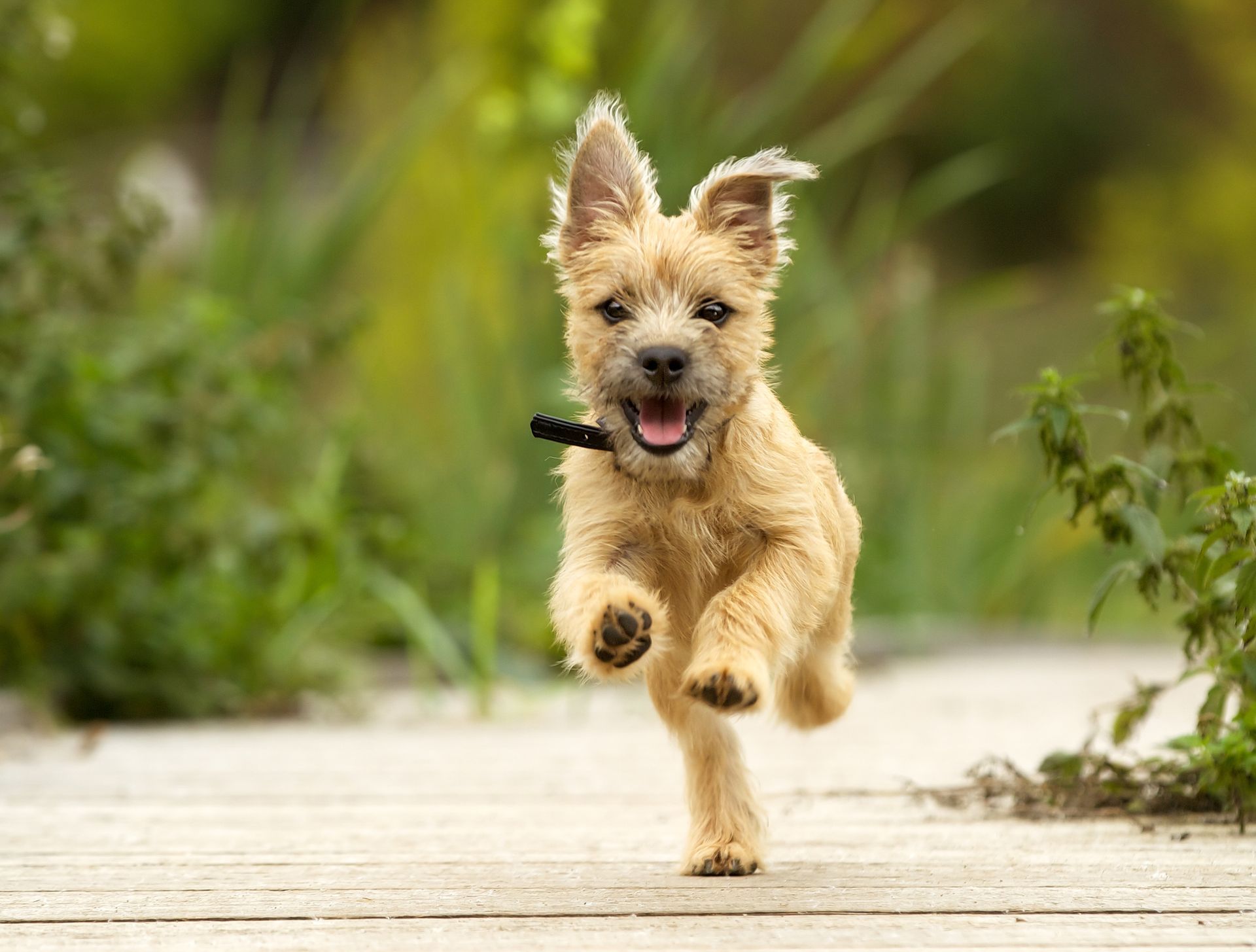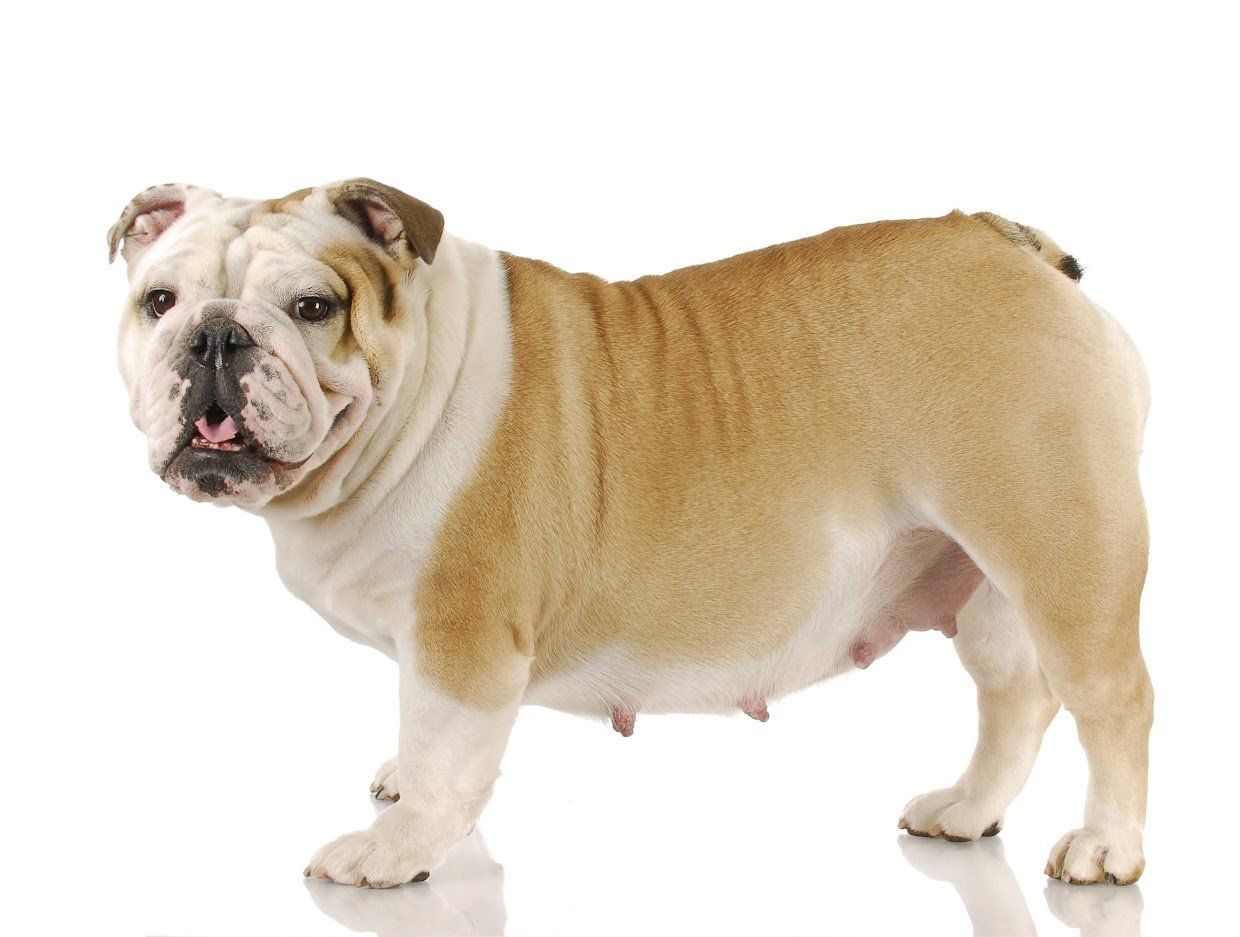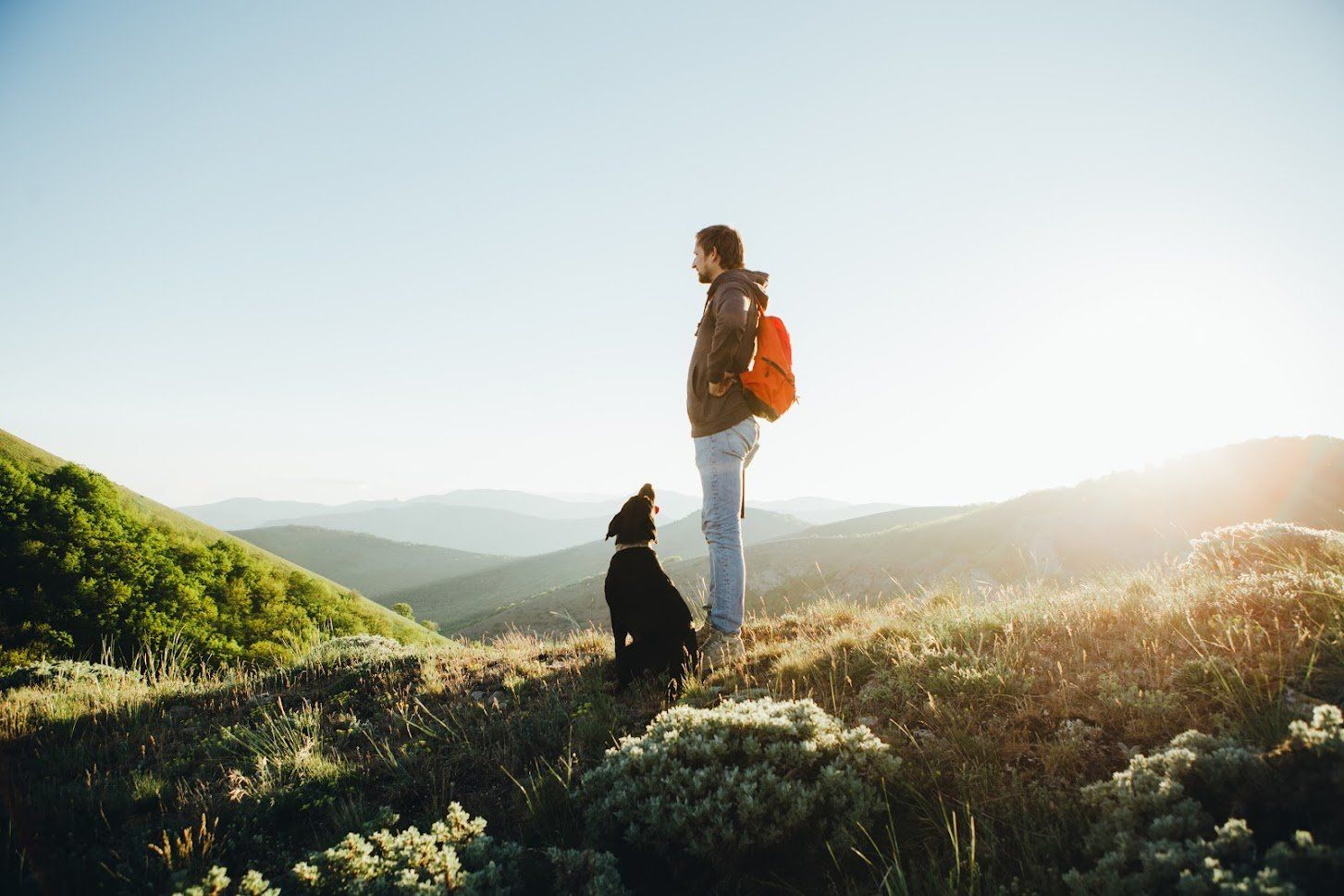Ways to Calm Your Anxious Dog
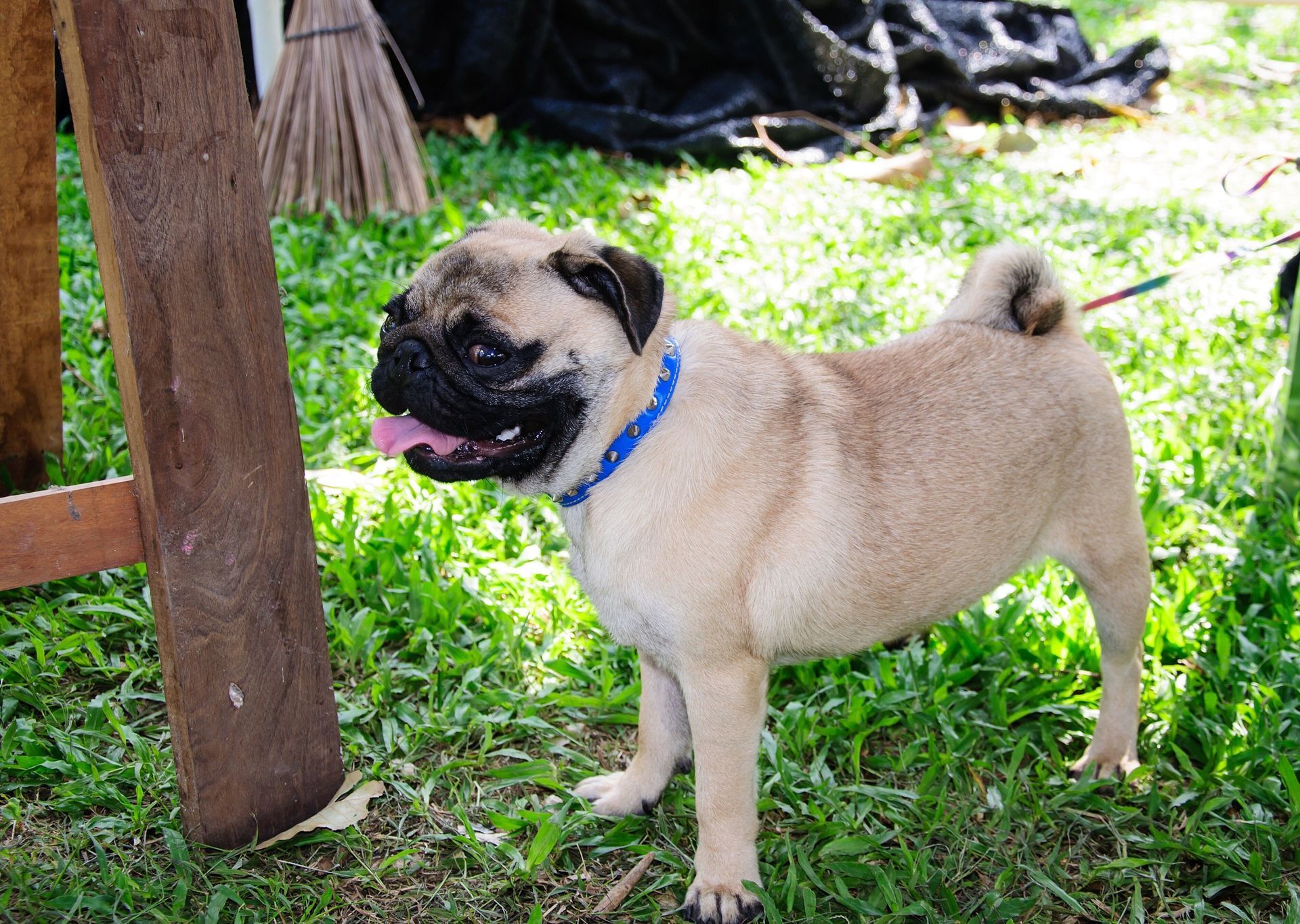
The anxiety that we experience as humans can also affect animals. Anxiety can affect dogs of all breeds but may present differently in each dog. Although anxiety can be a healthy emotion, if left unchecked for a long time, it can lead to anxiety disorders in your dog.
Pacing, constant lip licking, shaking, low appetite, increased heart rate, drooling, and panting are some of the signs of anxiety in dogs.
Dog owners can use the following techniques to help soothe their dog's anxiety.
Exercise
As anxiety can cause excessive energy, taking your dog on a long walk or playing ball can help. Exercise produces beneficial endorphins that relieve stress.
Along with challenging the body, also challenge their mind. For mental and physical stimulation, engage your dog in activities requiring them to think or solve small puzzles so they use both their brains and muscles.
In addition, you and your dog can participate in various canine sports. Don't give up on your pup if they aren't interested in one sport. Keep trying different sports until you find one that fits your pup's needs and is enjoyable for them.
Physical Contact
Providing love and attention to an anxious dog in a stressful situation can alleviate stress. When your dog shows signs of anxiety, try massages, snuggles on the couch, a good brushing, or a long petting session. Petting a dog can help distract them from their triggers and make them feel safe and at ease.
However, resist over-comforting your dog. Providing too much affection can lead to a dependent relationship and reinforce bad behavior due to positive cues at the wrong time. More behavioral issues may arise, including separation anxiety and vocalization for attention.
Desensitization
Desensitization involves gradually introducing dogs to scenarios or stimuli that trigger anxiety.
Desensitization sessions should begin slowly and gradually increase exposure time. In desensitization, small steps are important since pushing too far too fast can result in reverse progress.
To help your pup associate stressful stimuli with something rewarding, offer your pup high-value treats during the training sessions.
Safe Space
Safe spaces for anxious dogs can be as simple as a quiet corner, crate, or spare bedroom. Taking a break in a safe place can certainly relieve your dog's nerves. Also, encourage relaxation by adding your dog's favorite blankets, toys, or beds to the space.
However, you may only be able to achieve success if your dog has acclimated to their safe zone.
Music Therapy
The benefits of music therapy extend not only to humans but also to our four-legged friends. The sound of music, a radio station, or even a TV show can help calm your dog by providing comfort and distraction and blocking out sounds they may find frightening. Music can also help pets overcome loneliness, boredom, and hyperactivity.
You will more easily rely on music as a soothing mechanism during stressful situations if you use it during relaxing and fun activities.
Classical music, soft rock, and reggae are some types of music that help dogs relax.
Calming Coats
As with a swaddle cloth on a baby, calming coats and t-shirts apply mild, constant pressure to a dog's torso. A dog suffering from travel anxiety, separation anxiety, noise anxiety, or stranger anxiety may benefit from calming coats.
Several brands and models are available, depending on your dog's size. Regardless of the brand or design, the pressure can calm your dog during stressful situations when the jacket fits correctly.
Your puppy or adult dog may respond differently to different calming activities. Even so, if your dog consistently shows signs of stress, see your veterinarian.
For all questions regarding your pet's health or if your pet has a medical situation, contact us today.

